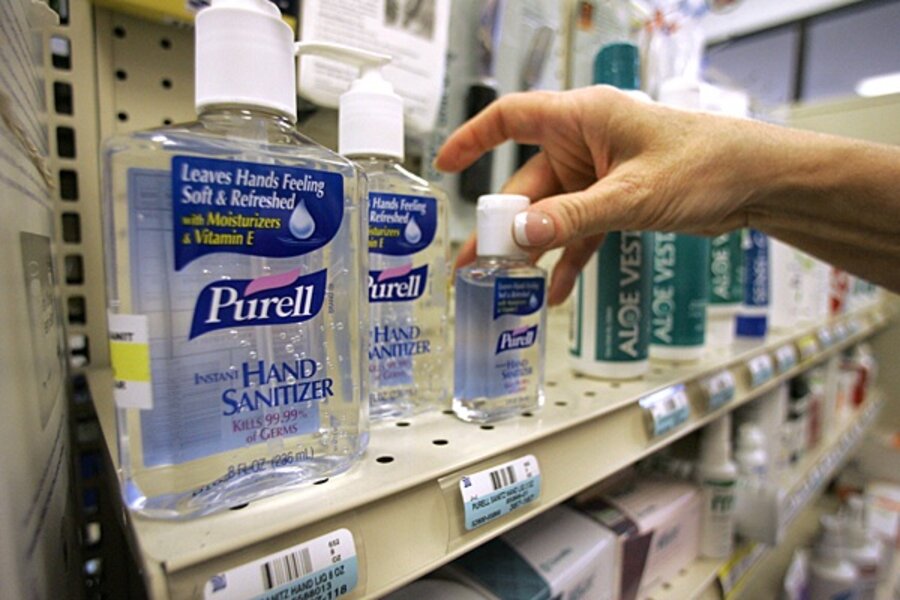Teens drinking hand sanitizer – though underage drinking is down
Loading...
So, just in case you need something else to worry about as the parent of a teenager:
Hand sanitizer. Yes, that gooey substance that is everywhere these days, from the school bathroom to the entrance at the grocery store, is the latest danger to teens who are – get this – drinking it to become intoxicated.
According to the Los Angeles Times, six teenagers have shown up in two San Fernando Valley emergency rooms in the past few months with alcohol poisoning after drinking hand sanitizer, and while the number of cases is still low, at least one public health official worried about hand sanitizer abuse becoming a dangerous trend. The Times also reported that statewide 60 reports of teens drinking hand sanitizer had been logged by the California Poison Control System since 2010.
Hand sanitizer, which has 62 percent ethyl alcohol, produces a potent drink that can cause alcohol poisoning. Some of the cases involve teenagers who used salt to separate out the alcohol.
There were also 147 cases involving children ages 6 to 12 and 2,180 cases ages 0 to 5, believed to have accidentally ingested the gel, according to poison control service, part of the UC San Francisco's Department of Clinical Pharmacy.
First thought here: Gross.
Second: Wow. Really sad.
According to the news reports, some of the hospitalized children said they did not drink the hand sanitizer straight out of the bottle, but distilled it to isolate the disinfectant’s ethyl alcohol, leading to a shot that can be three times as alcoholic as vodka.
Of course, consuming or altering household products for a buzz is nothing new (although still blessedly rare, statistically speaking) for teenagers. Cough medicine, mouthwash, and even vanilla extract have all been targets.
But so has the family liquor cabinet.
And really, we shouldn’t need the shock factor of hand sanitizer aside to worry about underage drinking.
While alcohol use seems to be declining among teens (past-month use declined between 2002 and 2008, according to the US Department of Health and Human Services), nearly three quarters of teens – 72 percent, according to the National Institute on Drug Abuse – consume alcohol (more than a few sips) by the time they graduate high school; 37 percent have done so by eighth grade.
This, according to pretty much every child health agency, is a huge problem, with implications on everything from later drug abuse to car accidents to neurological development.
The American Academy of Pediatrics has, fairly predictably, called for increased efforts to prevent and reduce underage drinking.
But this isn’t only parents’ problem, the organization says. A recent survey of adolescents in six European countries found a clear link between exposure to movie portrayals of alcohol and teen binge drinking.
The message was clear: if we actually care about teen alcohol abuse, everyone needs to step up.
Ponder that the next time you reach for the disinfectant.








